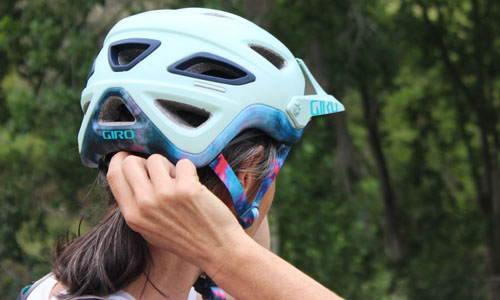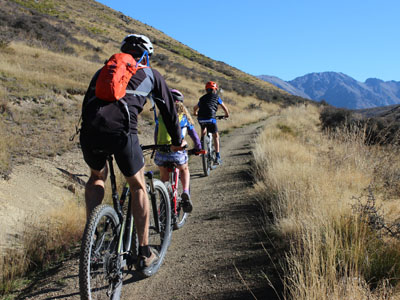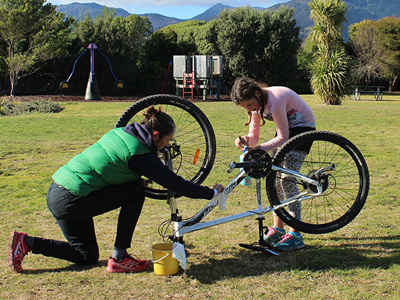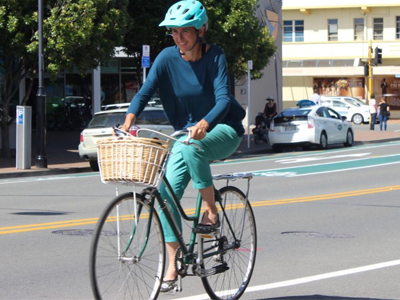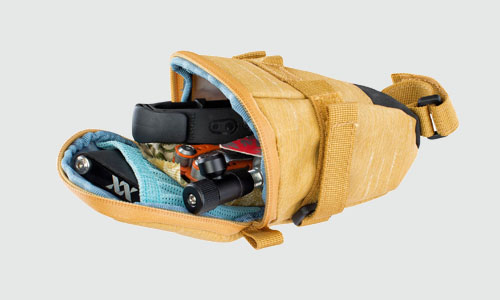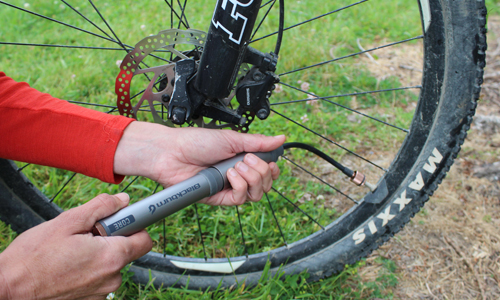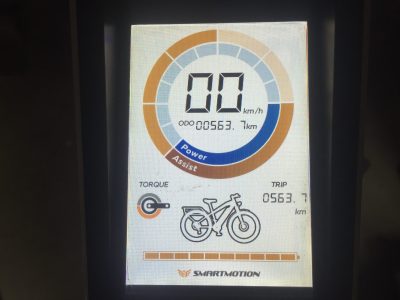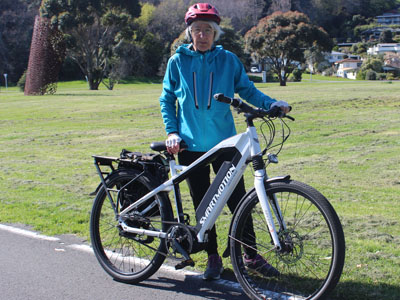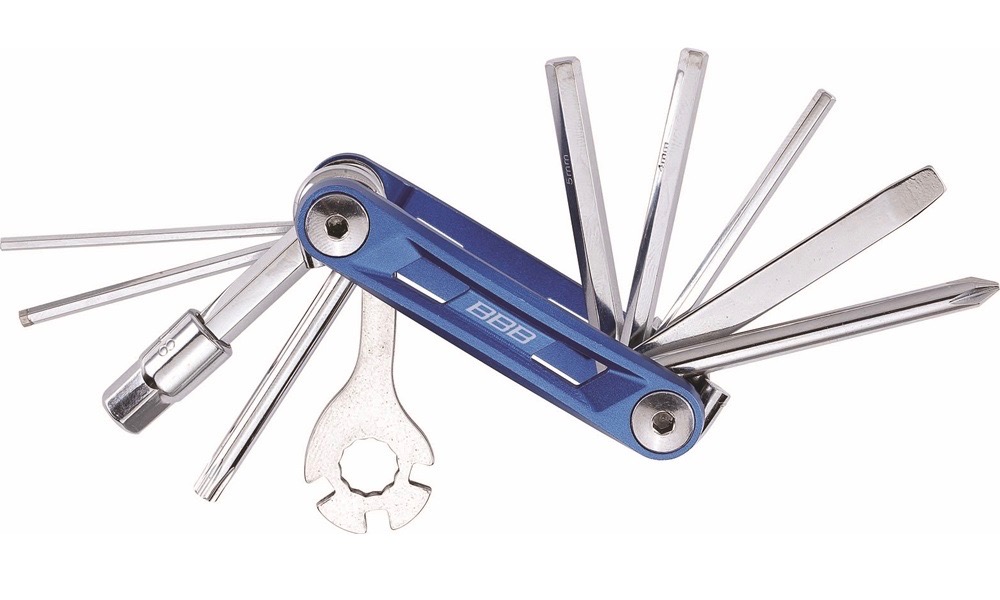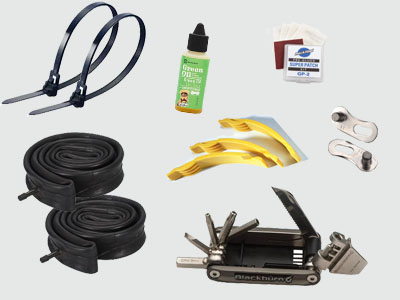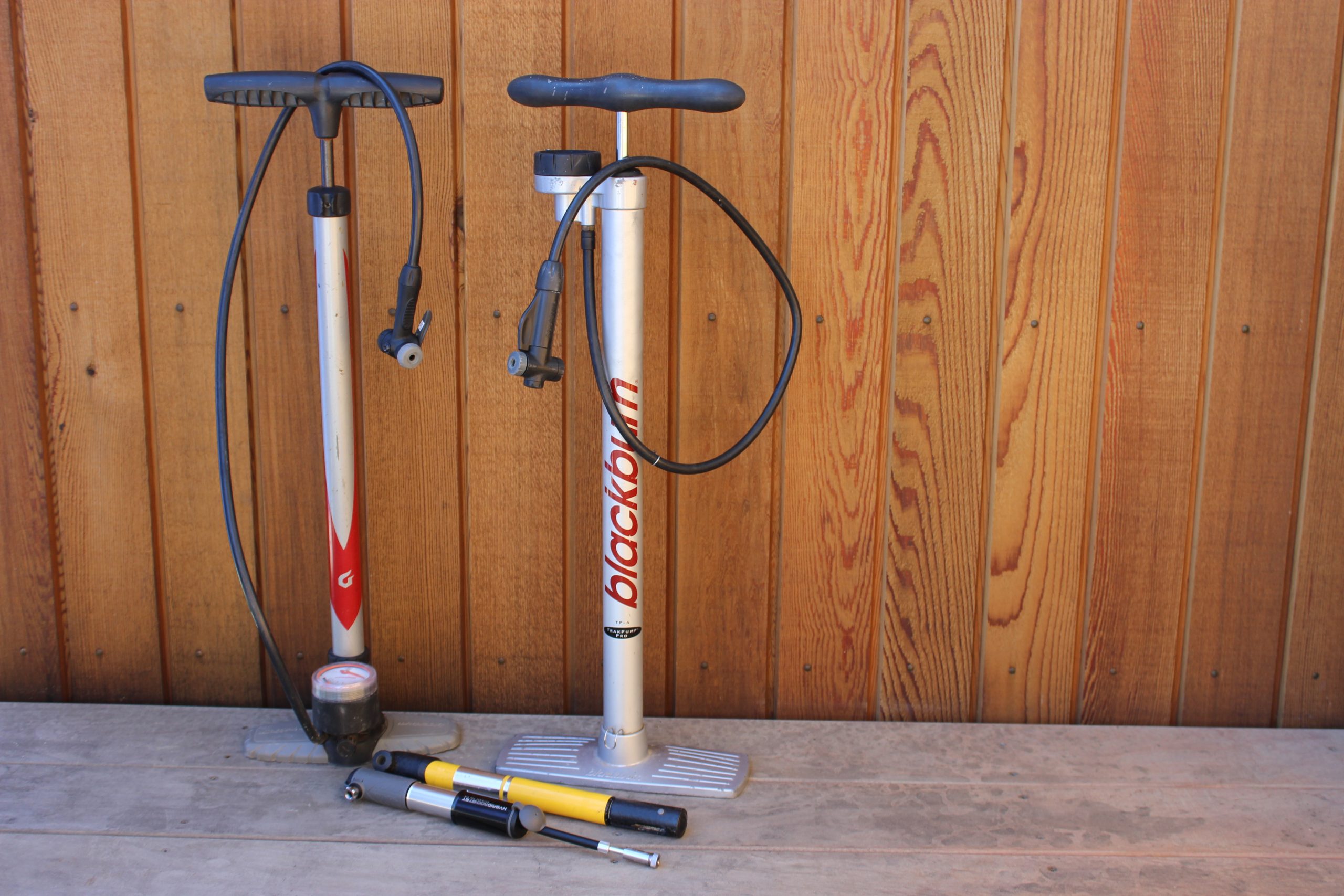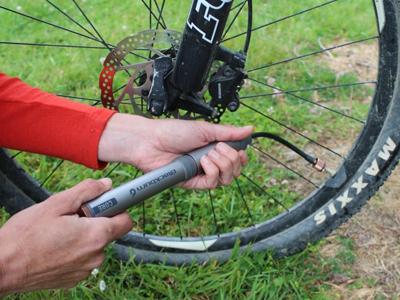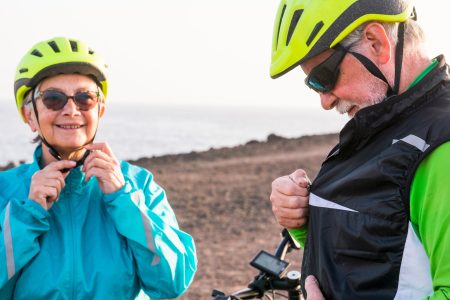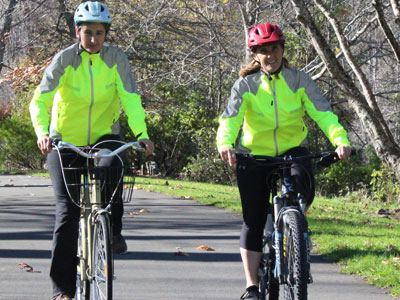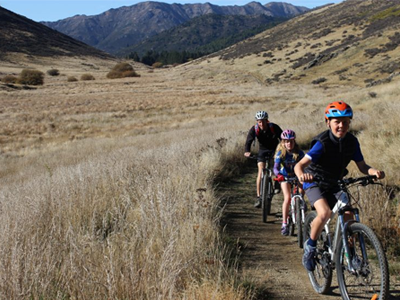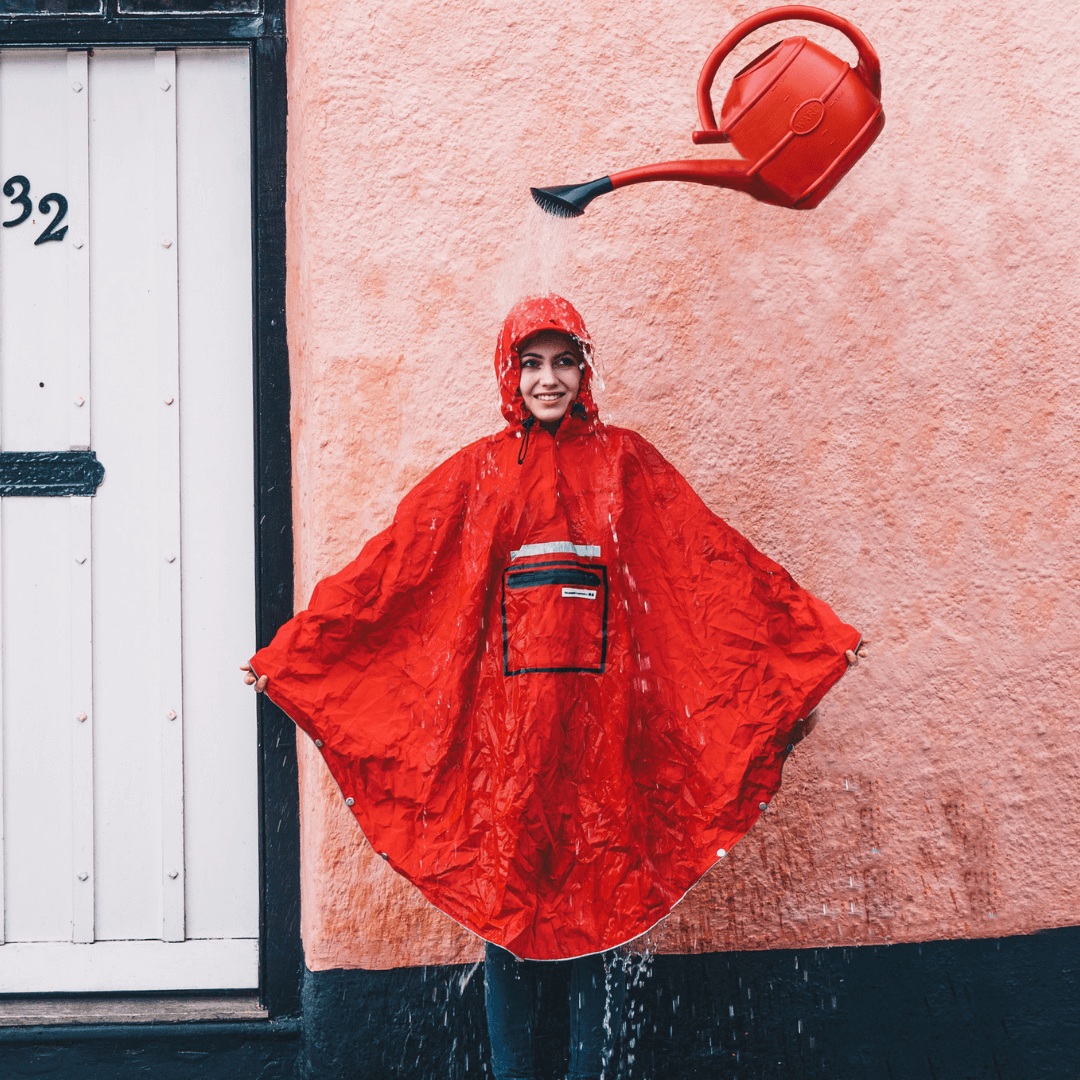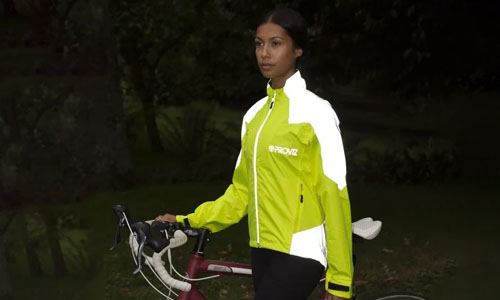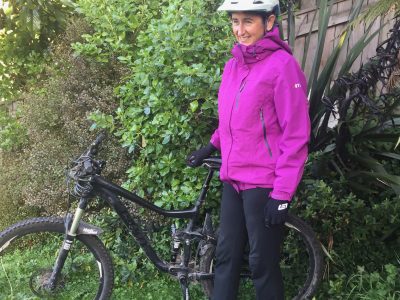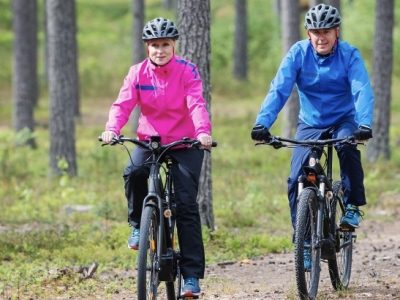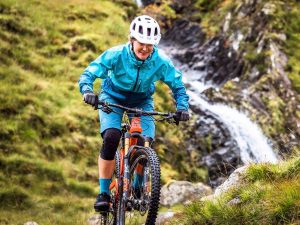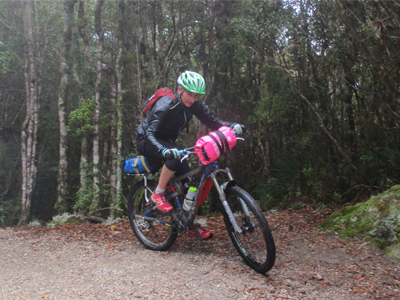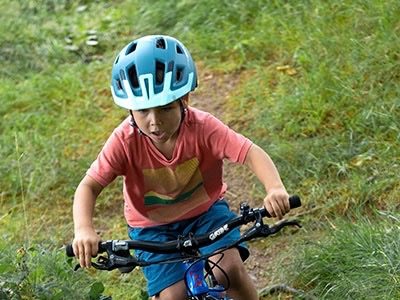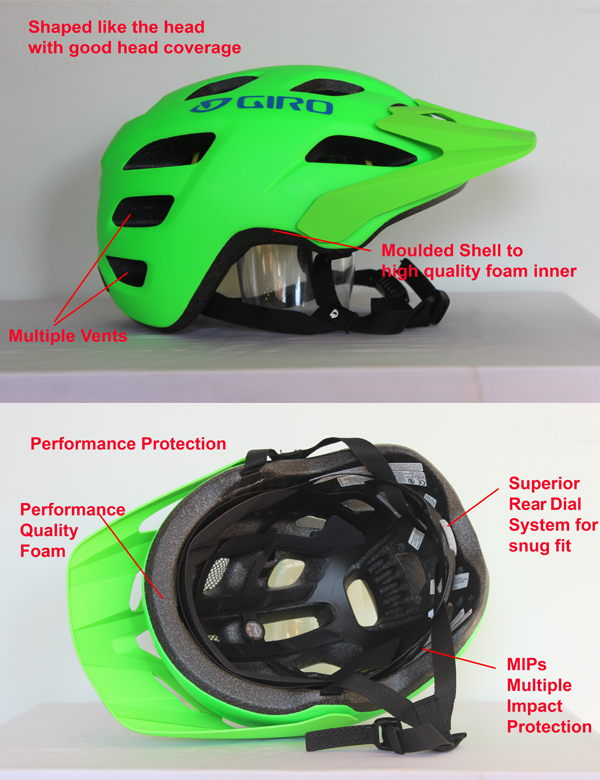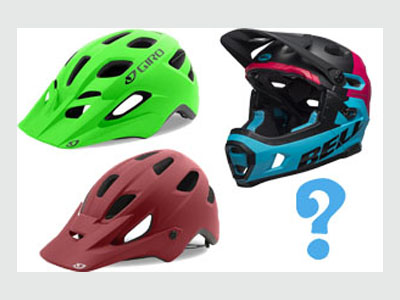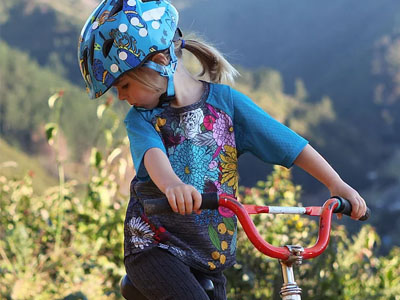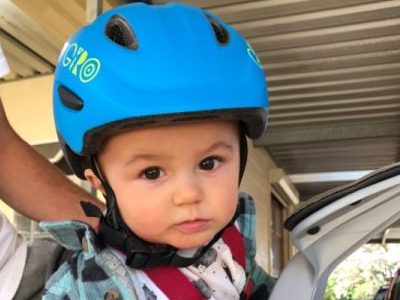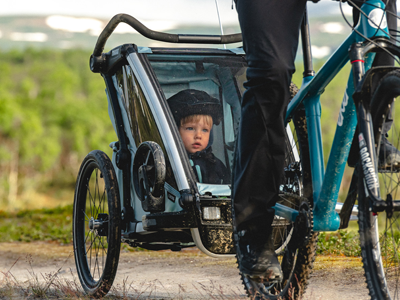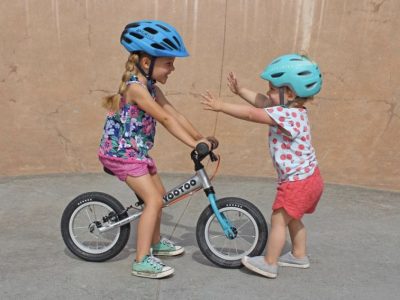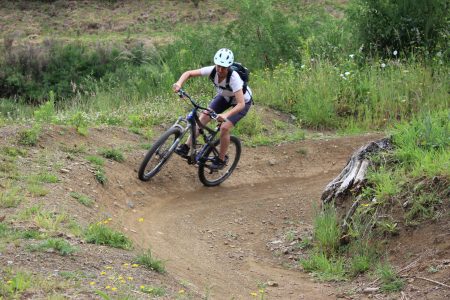
Mountain Biking – Am I Safe to goRide?
Mountain biking is a very rewarding way to ride. Exploring off road tracks & trails on your bike is a great way to connect with the outdoors and learn new skills. It can, however, put you at risk. To be safe, comfortable & confident you need to understand these risks and manage them.
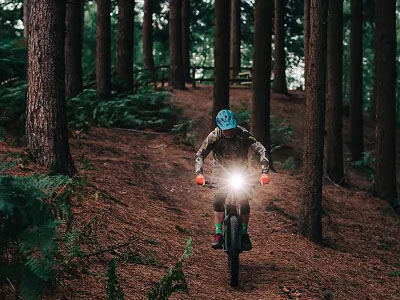
Tip One – Wear a Mountain Bike Helmet & Gloves
Wear a helmet that has been specifically designed for the type of mountain biking you are about to do. There are helmets that match to all types of abilities, whether you are a beginner, intermediate or advanced rider, downhill rider or racing. Choose the protection that will give you confidence and the knowledge that you have the correct gear to ride down the trails you choose.
Check out our MTB Bike Helmet Buying Guide
Gloves will offer you protection from abrasions in a fall and protection from knocks when passing close to objects on a single track. Your hands need to have a good sense of grip on the handlebars when you mountain bike so make sure the gloves are fitted, the correct size and have the coverage you want – mountain bike riders often choose full finger gloves.
Check out our Bike Glove Buying Guide
Tip Two – Tools & First Aid
Carrying tools whenever you choose to go for a mountain bike ride is a really important commitment to make to keep you safe. This becomes even more important as you get further from help – more isolated trails/tour riding. You should be able to fix a punctured tyre, reconnect a broken chain or adjust a seat or brake lever. We recommend carrying;
- Tyre levers, spare tube, mini pump and/or puncture patches
- Multi-tool with chain breaker and spare chain links
There are multiple ways you can choose to take tools with you. Seat posts bags are a popular choice. Tool wraps that can be placed in a backpack and will open up to easily display all your tools are a great idea. You need to understand how to use what you carry so if you need some help with this please see the following resources we have created;
Five Simple Bike Tasks You Should Know, The Chain Tool – How to Use It, Tools & Kits to Carry, What’s in a Multi Day Tool Kit for Mountain Biking?
Mountain biking does involve a bit of risk. Riding off road trails requires a certain skill level and is challenging. This can lead to accidents & falls. If you are riding further than 30 minutes from help, a new technical trail that will challenge you or with children, we recommend carrying a Compact First Aid Kit designed for bike riders. When you choose to do any kind of isolated day riding or isolated multi-day/tour riding a first aid kit is an essential piece of gear to carry. See First Aid for Biking Buying Guide.
Tip Three – Carrying Gear
What you need to be safe when you ride in mountain bike parks & on trails depends on how far you are going and how isolated you will be. It is also about the weather and how this weather will affect your body temperature. Extra things to carry include food, water, clothing (and tools/first aid which we have talked about in the above section).
Food – For most rides under an hour you won’t need food. Anything over this time or any ride that involves a sustained challenging climb we would then recommend a snack before your downhill. We always recommend taking food when you ride with children regardless of the time frame. If your ride is over 2-3 hours this snack should become multiple snacks or a lunch. Keeping your energy levels high is really important for your enjoyment and your ability to concentrate during the next phase of your riding, which more often than not, when mountain biking, involves a downhill.
Water – What you need to carry depends on a number of things; how far you are going, the access to drinking water, how much you sweat, how hydrated you where before beginning your ride. For more detail on staying well hydrated please read our Hydration Buying Guide and the story on Hydration – Carrying Water When You Ride. As a general guide more is better and this is why so many mountain bike riders choose a hydration pack with a bladder – it allows you to carry more water than a drink bottle.
Clothing – Regulating your body temperature and keeping yourself dry is key to keeping safe and enjoying your ride. Again this becomes more important as you choose to ride further away from populated areas. Layering is a great tactic. As you warm up you can take off outer layers. Or in reverse, as the weather deteriorates you can add protective layers. Fabrics that have the ability to wick & breath are important so that you and your clothing remains dry. Often you will be sweaty & hot at the top of a climb. After resting, to prevent a chilled feeling from airflow on the way down, adding a lightweight/wind protecting jacket or vest is ideal. The worst combination is being cold & wet this is why we recommend quick dry fabric or merino with breathable but waterproof outer layers. For more on hypothermia and its dangers please read this story. First Aid & Emergencies When Bike Touring
Bags for Gear – There are a few different options that have been designed with mountain bike riders in mind. Please see the story How to Carry Gear – Trail Riding or go to the SHOP page Mountain Biking – Carrying Gear
Tip Four – Protective Padding
While not a choice for all mountain bikers adding protective padding can give you confidence and a feeling of safety. As you progress with your riding and challenge yourself with technical trails or skills such as jumping, pads will lessen the damage if a fall takes place. There are pads for elbows or knees and they vary in the level of protection offered. As the speed of your riding increases the energy from the impact that needs to be absorbed, to keep your limbs safe, increases. This is why many of the mountain bike specific pads have hard shells. These shells are often not very comfortable to wear over your knees when you are climbing.
Pads can be a good way to give you or a child confidence after a fall, when you are feeling a bit reluctant to but yourself back on a bike and risk another accident. Some tracks and some mountain bike parks require you to wear padding. The more rocky or exposed a technical track is the more it makes sense to give yourself extra protection.
See our Protective Padding Page for a full range of options

Knee pads designed for mountain biking
Tip Five – Night Riding
Riding your favourite tracks in the dark is a completely different sensory experience and a great way to keep up your riding all year round. There are two things to think about to keep yourself safe; warmth & lights.
Warmth – See the section on clothing above for advice on layering and fabrics. Take special care to keep your extremities warm; fingers, toes & ears. So think thermal & merino for gloves, socks & headbands or beanies. Winter Warmth for Riding Combo
Lights – You will need to do a bit of reading & research to understand what is best for what you want to achieve so read our MTB Light Buying Guide. We recommend both a helmet light & handlebar light for the ultimate night riding set up. Along with a small rear light.
Tip Six – Comfort & Contact Points
Your comfort while riding is a huge part of enjoying your time on the bike. It will also keep you protected & safe. There are three key points where you make contact with your bike. The seat, the handlebars and the pedals…
We have extensively covered bike seat comfort and the problems that can occur at this important contact point… View our COMFORT ON YOUR BIKE SEAT page

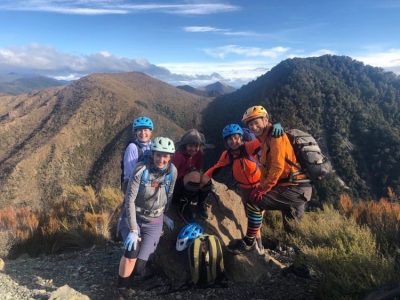

Your bike riding success is different to others… use our stories and support, get the right solutions.
Ride More Places
Bike Gear Stories
Women and families learning ...
Buying Guides
Solution Finder
Types of Riding Stories
Support and inspire other riders and families to ride
Share your riding outings, adventures and experiences on our quick and easy question and answer forms. Join us in helping others ride bikes. All entries receive a free shipping coupon and go into our seasonal prize draw.
goRide supporting women and families to SMILE when you ride

